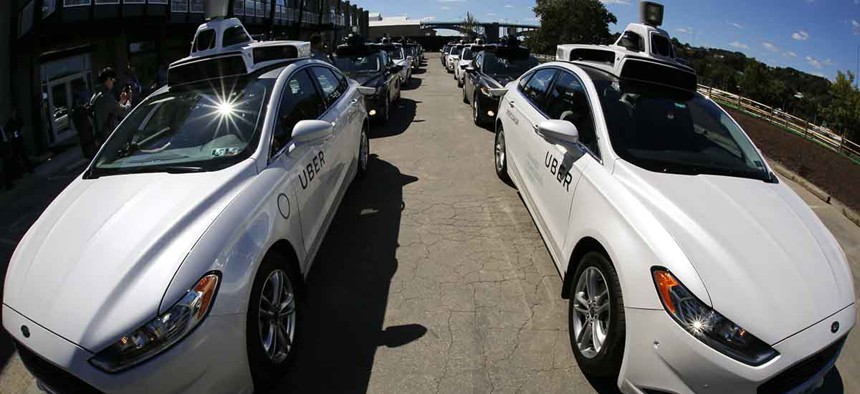Self-Driving: A Year in Review

A group of self driving Uber vehicles position themselves to take journalists on rides during a media preview at Uber's Advanced Technologies Center in Pittsburgh, Monday, Sept. 12, 2016. Gene J. Puskar/AP
Hitting the road, without humans.
2016 brought several advancements in self-driving technology. While most cars on the road are still driven by human beings, more and more vehicles are going autonomous. For example, Google's fleet of self-driving cars hit 2 million miles on the road.
Another automaker, Tesla, released a software update that overnight turned traditional cars into semi-autonomous ones. While it was a big advancement, it was not risk free: In July, a crash of a Tesla Model S with autopilot led to a driver fatality.
Meanwhile, ride-hailing service Uber began testing its own autonomous cars in Pittsburgh and purchased Otto, a company that developed the first self-driving trucks. In October, one big rig ran 50,000 cans of beer across Colorado without a human driver.
To learn more, check out the video below from Wired:
NEXT STORY: How to Become a Rocket Scientist



